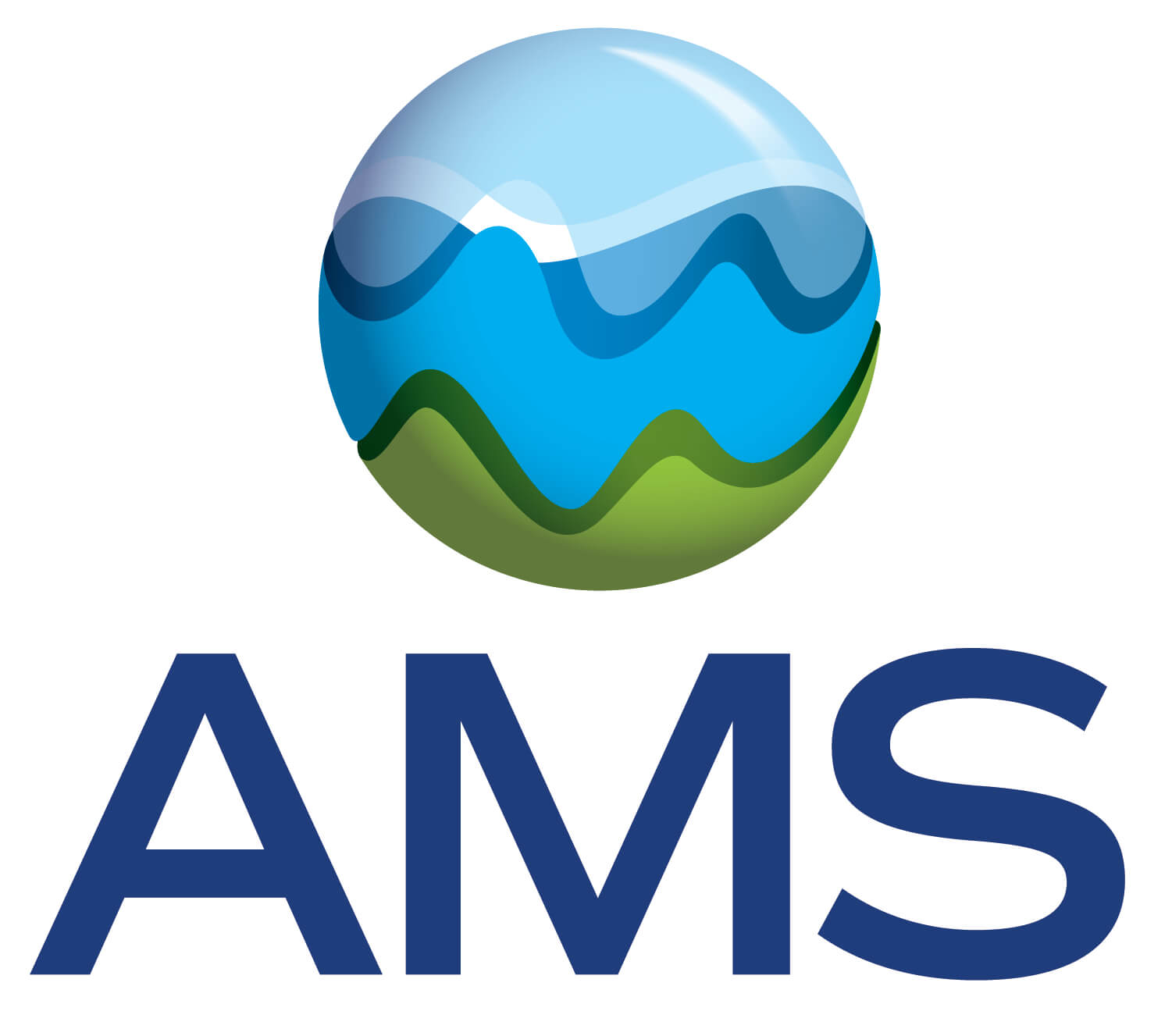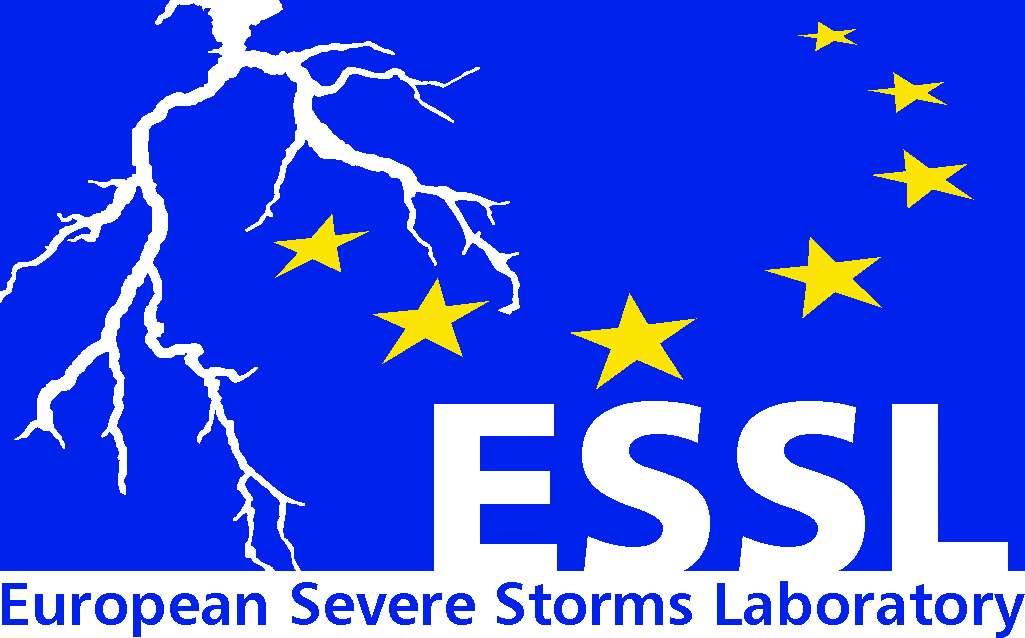Developing outdoor comfort prediction models and their applications based on long-term climate data.
- National Cheng Kung University, Department of Architecture, Tainan, Taiwan (lin678@gmail.com)
This study aims to explore how to utilize RayMan to generate simplified thermal comfort index assessment formulas, leveraging solar radiation data exported from simulation software, and to achieve simplified evaluation and application of thermal comfort index maps at different scales.
Through comparing data from relevant journals, meteorological agencies, and software-exported solar radiation data, it was found that the solar radiation values from Insight and ARGIS are reasonably accurate. At the site scale simulation, Insight was chosen, providing data in a grid format where each point represents the radiation conditions within one square meter. It also presents values reduced due to shading, which can be considered as corrected Sky View Factor data. Therefore, the influence of Sky View Factor on thermal comfort need not be further considered in subsequent research.
For urban scale analysis, ARGIS was employed, capable of producing data including direct radiation, diffuse radiation, and their combination. RayMan attempted to decompose the regression formulas of Tmrt and PET using extensive data, yielding significantly high R-squared values and significance. Among the variables, temperature, solar radiation, and wind speed were included.
The research results demonstrate that with these three variables, outdoor thermal comfort can be rapidly assessed, with higher accuracy particularly when radiation values exceed 600 (W/m²). Solar radiation data obtained through simulation software can be converted into thermal comfort indices using simple formulas. Ultimately, it is anticipated to utilize other visualization tools such as Dynamo and GIS to visualize thermal comfort indices as grid maps, aiding architects in identifying outdoor thermal discomfort spots on sites and implementing corresponding design improvements.
How to cite: Lin, T.-P. and Wu, Y.-C.: Developing outdoor comfort prediction models and their applications based on long-term climate data. , EMS Annual Meeting 2024, Barcelona, Spain, 1–6 Sep 2024, EMS2024-487, https://doi.org/10.5194/ems2024-487, 2024.















